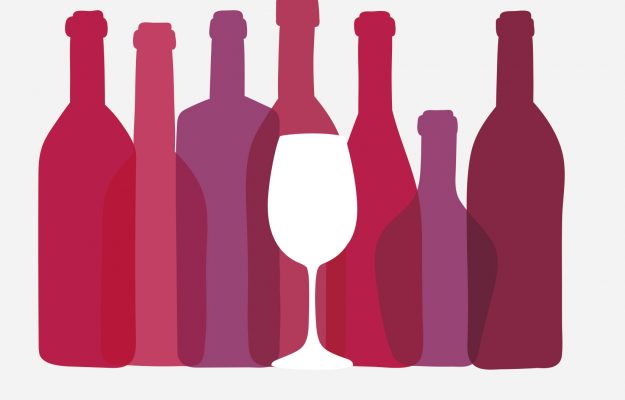The combination of markets that are fortunately doing well, and the scarce harvest in 2017, are making their weight felt on wine prices. Winery inventory was down 8% in March 2018 compared to January, for 56.8 million hectoliters of wine products (data from the National Agricultural Information System), so the snapshot the Italian institution of services for agri-food, ISMEA has taken of price increases, which WineNews analyzed, considers average prices of past years on the market that may differ from actual trade negotiations, net of VAT and ex-winery (https://goo.gl/Gmsenn).
As far as table wines are concerned, there is talk of +120% on April 2017 data for whites at 12-13% alcohol content, quoted at 5.5 euros per hectograde, and +74.7% for those from 9 - 11%, at 5.94 euros. Reds have also increased: +52.2% for those between 12-13 % alcohol content, 5.28 euros per hectograde, +73.4% for those at 9 and 11%, and 5.69 euros. There are substantial increases even among the most important PDO wines. The highest quotations (the wines of Alto Adige are missing from the surveys, ed.), all averaging 290 euros per quintal, are Prosecco of Conegliano Valdobbiadene DOCG (+11.5% compared to April 2017), Gavi and Cortese di Gavi (both at +5.5%). The quotations of Trento Pinot Nero for sparkling base wines were 265 euros per quintal (+12.8%), while those of Oltrepò Pavese Chardonnay, were 230 euros per quintal (+79.6%), and the price of Prosecco DOC is growing rapidly, at 220 euros per quintal (+18.9%).
Roero Arneis’ prices are also good, at 210 euros per quintal (+23.5%), as well as Marsala, at 185 euros per quintal (+15.6%). Among the big whites, Asti Moscato has recouped and is at 170 euros per quintal (+6.3%). The “base” version of Soave is at 90 euros per quintal (+31.4%)), while the Classic goes for 105 (+13.5%).
There has been significant growth also for PDO red wines, although prices do not refer, for many of the most important denominations, obviously, to the most recent harvest, depending on the refinement time required by regulations before wine can be put on the market. In any case, the leader in the price ranking is, as usual, Brunello di Montalcino, at an estimated value of 1.065 euros per quintal, up +5.4%. And, as usual, Amarone is missing from the surveys, which, however, according to the Merchandise Exchange of Verona, hovers between 800 and 900 euros per quintal. Barolo is at 800 euros per quintal, according to ISMEA, and among the few great Italian reds that has shown a slight drop in prices (2.4% less). Barbaresco’s prices have shot up to 580 euros a quintal (+20.8%); the prices of Nebbiolo d’Alba were high as well, at 310 euros per quintal (+8.8%).
Chianti Classico has also grown quite a bit, as Gallo Nero wines are at 280 euros per quintal (+24.4%). There has been a slight decline for Valpolicella (2% less), which, however, still gets 240 euros. Etna prices are continuing to rise, to 165 euros per quintal (+10%). And, it is important to note that Chianti quotations are up +46.2%, to 142.5 euros per quintal, the same price as Bardolino Classico, which saw Rosé growth soar to 54.1% in 2017, as well as the basic version, Bardolino, jumping 48.5% to 122.5 euros per quintal. According to ISMEA data, the entire Barbera world is growing. Alba is quoted at 210 euros per quintal (+23.5%), Asti 140 (+7.7%), and Monferrato 110 euros per quintal (+12.8%).
This “bird’s eye” tour of Italian wine prices shows general and consistent increases that will absolutely affect the final price of the bottles, so producers and distributors will have to make the markets accept them, too.
Copyright © 2000/2025
Contatti: info@winenews.it
Seguici anche su Twitter: @WineNewsIt
Seguici anche su Facebook: @winenewsit
Questo articolo è tratto dall'archivio di WineNews - Tutti i diritti riservati - Copyright © 2000/2025









































































































































































































